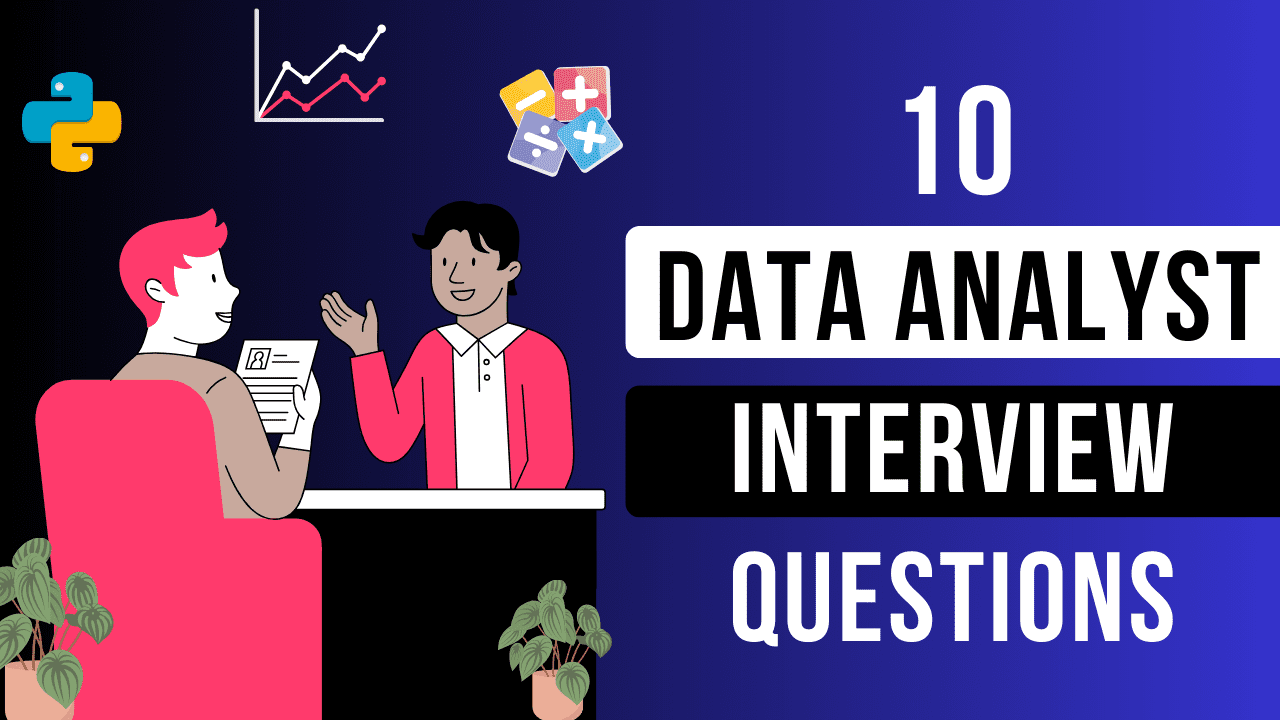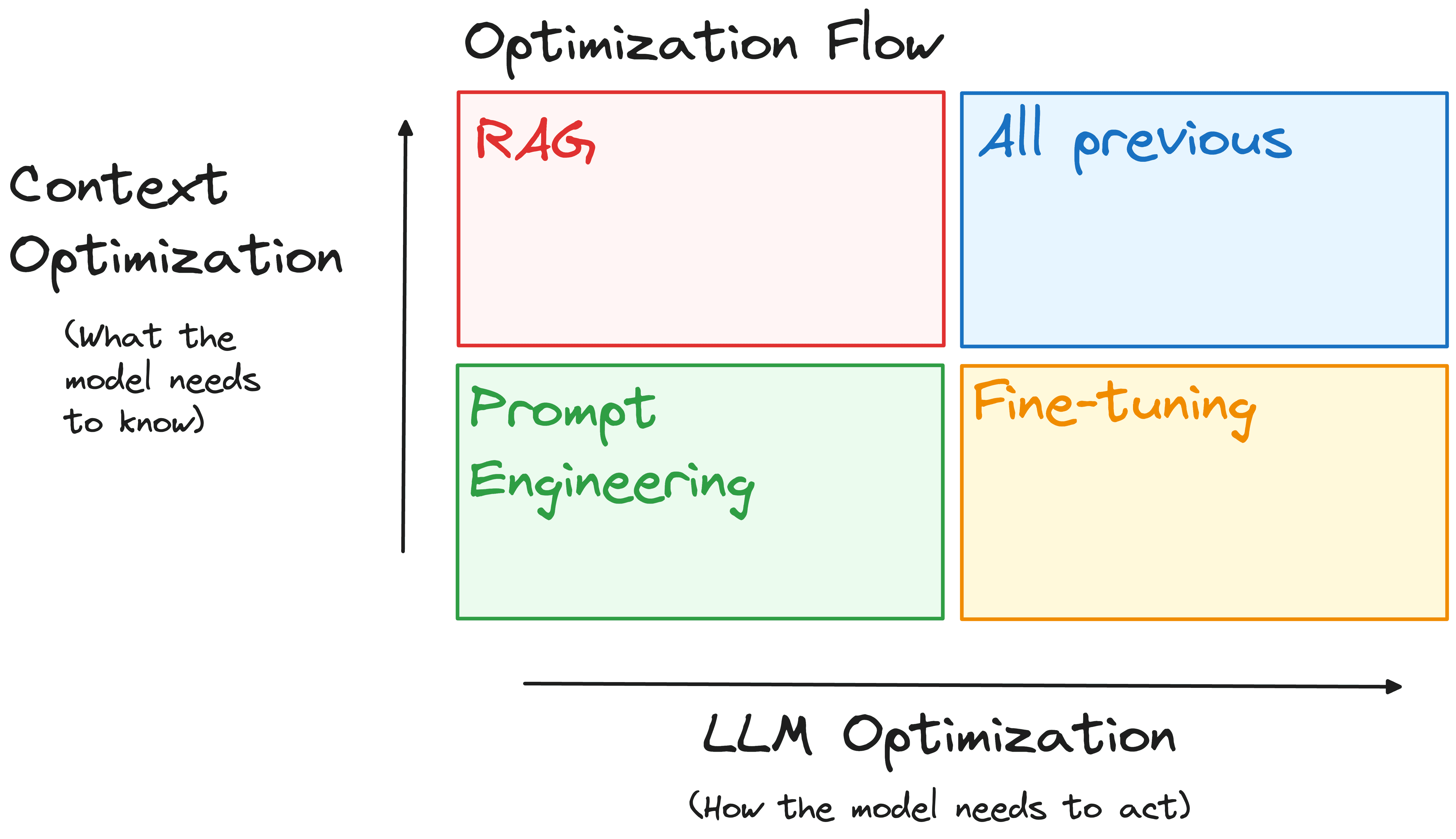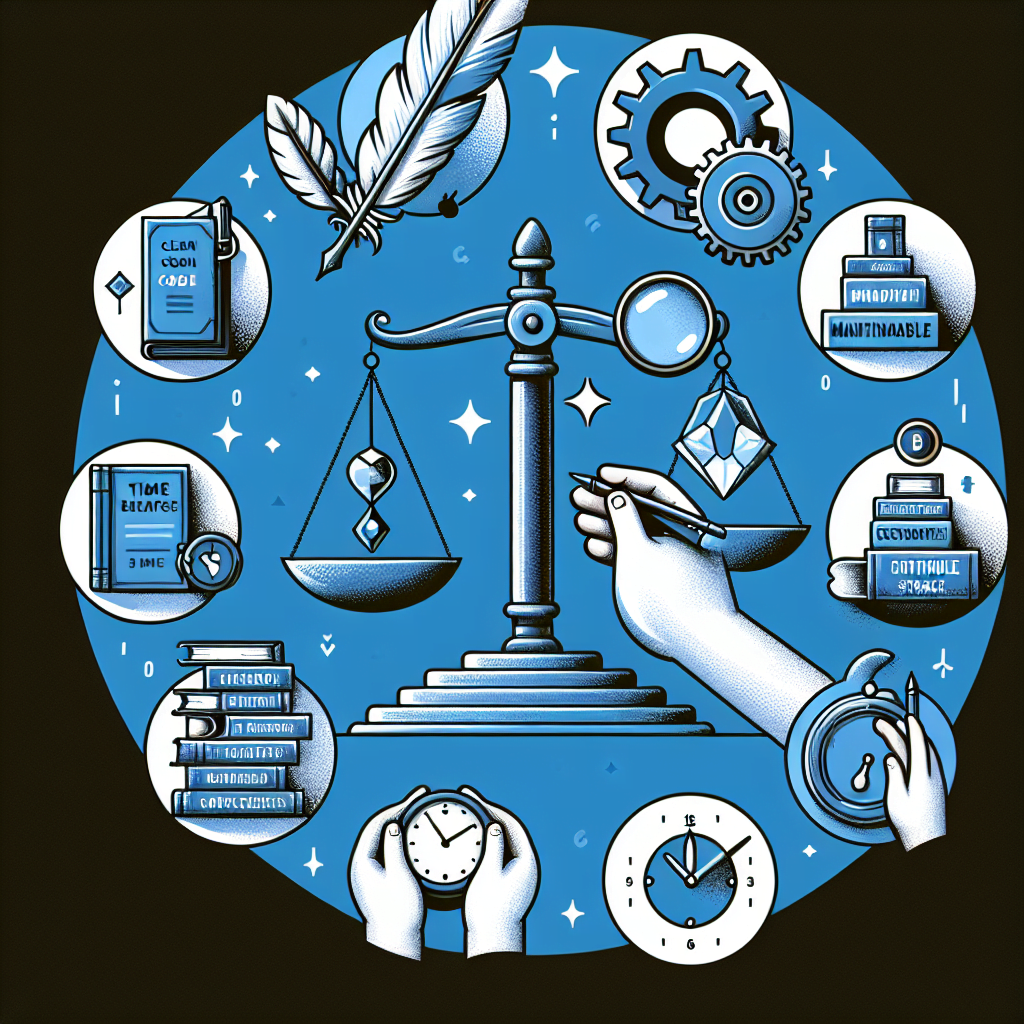
Image by Author
Embarking on a job hunt as an entry-level data analyst can often feel like an endless journey.
At the start of my career, I faced numerous data analyst interviews, often feeling lost and confused.
Edge-cases, business problems, and challenging technical questions frequently tripped me up, shaking my confidence after each interview round.
However, after spending four years in the industry and participating in entry-level interviews, I’ve gained insights into what employers seek in data analyst candidates.
In this article, we’ll explore three key areas of focus: technical expertise, business problem-solving, and soft skills.
Every interview round will touch on some aspect of these broader areas, though different employers emphasize different skill sets.
For instance, management consulting firms prioritize presentation skills, assessing your ability to convey complex technical insights to business stakeholders.
In such cases, your soft skills and problem-solving abilities are more critical than your technical prowess. They care less about your clean Python code and more about your ability to explain hypothesis test results to stakeholders.
Conversely, product-based companies or tech startups often prioritize technical skills, testing your coding abilities, ETL tasks, and timely deliverables.
But let’s get to the point.
You’re here to learn how to land a job as a data analyst, so let’s dive into the questions you’re likely to encounter during the interview process.
Round 1: Data Analyst Technical Interview
Typically, the first round of an entry-level data analyst interview involves a series of technical questions.
This could be a timed technical test or a take-home assessment, the results of which determine if you progress to the next level.
Here are some questions you might encounter during this round, along with sample answers:
1. What is hypothesis testing?
Sample answer:
Hypothesis testing is a technique used to make decisions about population parameters based on a sample dataset.
It begins with formulating a null hypothesis (H0), representing the default assumption of no effect.
A significance level, typically 0.05 or 0.10, is chosen as the probability threshold for rejecting the null hypothesis.
Statistical tests like the T-test, ANOVA, or Chi-Squared Test are then applied to test the hypothesis using sample data.
A test statistic and a p-value are computed. The p-value indicates the probability of observing the test result under the null hypothesis.
If the p-value is below the significance level, the null hypothesis is rejected, supporting the alternative hypothesis.
2. What is the difference between a T-Test and a Chi-Squared Test, and when would you use them?
Sample answer:
The T-Test and Chi-Squared Test are statistical techniques used to compare data distributions in different scenarios.
- T-Test: Used to compare the means of two groups of quantitative data to assess if they are statistically different.
- Chi-Squared Test: Used to compare the distributions of categorical data to check if the variables are associated.
Here are situations in which I’d use each test:
- T-Test: To understand the effect of an ad on product sales, a paired T-Test can compare sales before and after the ad.
- Chi-Squared Test: To measure the relationship between gender and product preference, a Chi-Squared Test can be used.
3. How do you handle missing data in a dataset?
Sample answer:
There are various ways to handle missing data depending on the problem statement and variable distribution. Common approaches include:
- Removal: Drop rows with random missing data points.
- Imputation: Impute missing values with the mean, median, or mode, depending on the variable distribution.
- Forward/Backward Fill: In time-series data, impute missing values with the previous or next data point.
4. How would you detect and deal with outliers in a dataset?
Sample answer:
To detect outliers, I would use a box plot to visualize variables and identify points outside the whiskers.
I would also calculate the Z-score for each variable, identifying data points with a Z-score of +3 or -3 as outliers.
To reduce the impact of outliers, I would use a function like RobustScaler() in Scikit-Learn or transformations like log, square root, or BoxCox to normalize the distribution.
5. Explain the difference between the “Where” and “Having” clauses in SQL.
Sample answer:
The “Where” clause filters rows based on individual conditions before any groupings are made.
In contrast, the “Having” clause filters records after aggregation and can only be used with the “Group By” clause.
6. If Table 1 has 100 records and Table 2 has 200 records, what is the range of records you’d expect from an inner join between these tables?
Sample answer:
An inner join returns only records with matching values between tables. If there are no matching values, the result might be 0.
If all rows match, the query will return 100 records from Table 1.
Therefore, the range of expected records from an inner join is 0 to 100.
Preparing for the data analyst technical interview
The above questions focus on data preprocessing, analysis, SQL, and statistics.
You might be given an ER diagram and tables to write an SQL query on the spot or do pair programming to solve a problem with the interviewer.
Here are some resources to help you ace the technical SQL interview:
1. How to learn SQL for data analysis in 2024
2. Learn SQL for data analytics in 4 hours
Round 2: Data Analyst Interview — Business Problem-Solving
Let’s say you’ve made it through the technical interview.
This means you meet the technical requirements and are a step closer to landing the job.
But you’re not out of the woods yet.
Most data analyst interviews include case-study-type questions, where you analyze a dataset to solve a business problem.
Here’s an example of a case-study question you might encounter:
How will you evaluate the success of a marketing campaign?
Business Case: We are launching a marketing campaign to increase product sales and brand awareness. The campaign includes in-store promotions and online ads. How will you evaluate its success?
Here’s a sample answer outlining each step:
- Step 1: Define success metrics, such as increased sales, store footfall, and customer engagement.
- Step 2: Collect data from the online ad campaign and in-store attendance.
- Step 3: Compare current metrics to similar metrics before the campaign.
- Step 4: Assess if improvements in conversions or sales are statistically significant using methods like a paired T-Test or Chi-Squared test.
- Step 5: Perform A/B testing on ad creatives and social media posts to identify the most impactful drivers behind sales and conversions.
Preparing for the data analyst problem-solving interview
This might be an on-the-spot question or a take-home assessment.
Either way, practice is key to preparation.
Here are some resources to help you ace this round:
1. How to solve a data analytics case study problem
2. Data analyst case study interview
Round 3: Data Analyst Interview — Soft-Skills and Culture Fit
Many candidates overlook the importance of the soft-skill round.
This is where candidates often feel confident about receiving an offer, having passed the “difficult” rounds.
But don’t get complacent.
I’ve seen promising candidates get rejected due to a poor attitude or cultural mismatch.
This round, though less quantifiable, is often the deciding factor in choosing between candidates.
Here are some questions you might encounter:
1. Describe a time when you explained a technical concept to a non-technical stakeholder.
Sample answer:
In my previous role, I presented complex concepts to the marketing team, explaining our new customer segmentation model and its impact on campaign performance.
I used visual aids and created personas for each customer segment, making the information digestible.
The marketing team understood the model’s value and used it in a subsequent campaign, resulting in a 15% sales improvement.
Note: If you lack prior experience, describe how you would approach this situation in the future.
2. Can you tell me about the latest data analytics project you worked on?
Sample answer:
In my latest project, I analyzed the demand for various skills in data-related jobs in my country.
I scraped 5,000 job listings, preprocessed the data in Python, and identified prominent terms like “Python,” “SQL,” and “communication.”
I then built a Tableau dashboard displaying the frequency of each skill.
I wrote an article on my findings and uploaded my code to GitHub.
3. According to you, what is the most important trait a data analyst should have and why?
Sample answer:
I believe curiosity is the most important trait for a data analyst.
Curiosity drives me to learn more about the data I work with.
For example, my first data analytics project stemmed from curiosity about female representation in Hollywood and its evolution over time.
I discovered that movies with female directors had lower ratings than those with male directors.
Instead of stopping there, I explored further, collecting genre data and understanding the target audience. I found that the lower ratings were due to genre concentration, not gender.
Curiosity leads to deeper insights and a better understanding of trends.
Preparing for the data analyst behavioral interview
Write down your answers to these questions beforehand, just as you would for other interview rounds.
Culture and personality fit are crucial to hiring managers, as a poor fit can cause friction later on.
Research the company’s culture and direction, and see how it aligns with your goals.
For example, if the company is fast-paced and uses cutting-edge technology, consider if this environment suits you.
If you thrive in such settings and aim to keep up with industry trends, convey this to your interviewer.
Similarly, if you prefer a consulting environment and enjoy client work, find a company that aligns with your skills and communicate this effectively.
Play to your strengths and ensure they are conveyed to the employer.
This approach is more effective than applying to every open position and wondering why you’re not progressing in your job hunt.
10 Data Analyst Interview Questions to Get a Job — Next Steps
If you’ve followed along this far, congratulations!
You now understand the three types of questions asked in data analyst interviews and what employers seek in entry-level candidates.
Here are some next steps to improve your chances of landing a job:
1. Create Projects
Projects help you stand out and secure job offers. Watch this video to learn how to create projects to land your first job.
2. Build a Portfolio Website
A portfolio website showcases your work in one place, improving visibility and job prospects.
If you’re unsure where to start, watch this video tutorial on building a portfolio website from scratch with ChatGPT.
3. Improve Your Technical Skills
Enhance your skills in statistics, data visualization, SQL, and programming. Recommended resources include Luke Barousse’s YouTube channel, W3Schools, and StatQuest.
Natassha Selvaraj is a self-taught data scientist with a passion for writing. Natassha writes on all things data science-related and is a master of data topics. Connect with her on LinkedIn or check out her YouTube channel.



